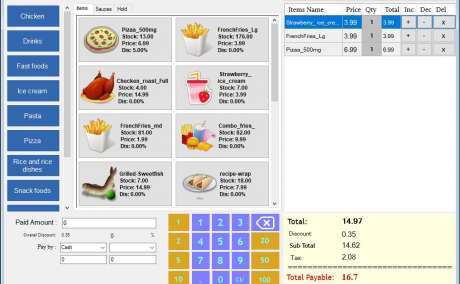
Description
When it comes to managing moderate to severe pain, Ketorolac and Diclofenac are two commonly prescribed nonsteroidal anti-inflammatory drugs (NSAIDs). Both are effective at reducing inflammation, swelling, and discomfort, but they differ in strength, usage, and safety profile. Understanding these differences can help you choose the safer option for your specific pain condition. Ketorolac is typically used for short-term pain relief—especially after surgeries or injuries—because it’s very potent. However, it should not be used for more than 5 days, as prolonged use may increase the risk of kidney or stomach issues. On the other hand, Diclofenac is often prescribed for chronic pain conditions such as arthritis, back pain, or migraines. It offers effective long-term relief but may cause side effects if overused.
When comparing Ketorolac vs. Diclofenac, the main difference lies in duration and intensity. Ketorolac works faster and stronger but is suitable only for short-term use, while Diclofenac provides steady relief for ongoing pain. To ensure safe use, always follow your doctor’s prescription and avoid combining these two NSAIDs.If you’re looking for safer pain relief alternatives, consider natural anti-inflammatories like turmeric, omega-3s, or CBD oil. These options can support pain management with fewer side effects. Understanding how Ketorolac and Diclofenac work helps you make informed choices for effective, safe, and long-term pain management.

Reviews
To write a review, you must login first.
From the Same Seller